“Shiiiiiiiit, what has happened? I am such an idiot!” That’s exactly what I thought when I was looking through my recent scans from the lab. But what had actually happened? It began with a roll of CineStill 800t. That very roll sat idle inside my SLR with just four frames exposed, all shot during the night. Meanwhile, spring had arrived, and I felt my interest in night photography rapidly waning. Thus, I decided to swap cameras mid-roll and transplanted the film into my M6. “With my orange filters I could easily correct Cinestill’s blue cast and shoot it during daytime”, I thought.
As it turns out, an orange filter intended for black-and-white film is intended for: black-and-white film. The filters heavily over-compensated the film’s character, leaving me with images soaked in an orange-yellowish mess. However, after I applied – in some cases fairly pronounced – color corrections in Lightroom, the results appeal to me. They remind me of the different effect films sold by Lomography.
I shot all images on a cloudy afternoon at the Engesohde cemetery, one of the oldest cemeteries in Hannover. I especially like the statues from the late 19th / early 20th century. These angels radiate dignity and sadness. It’s a special kind of pathos that got lost in the contemporary cemetery architecture. (Dave English reported on similar statutes at the Melaten cemetery in Cologne.)
It’s years ago that I discovered cemeteries as valuable subject for my photography. As with the one in Engesohde, I focus on the rather historic parts – or even chose cemeteries already put out of service. Until now I almost exclusively portrayed them with black-and-white film. I considered this choice as an appropriate way to deal with the gravity of these places. But I must say, I also like this accidentally “bichrome” representation.
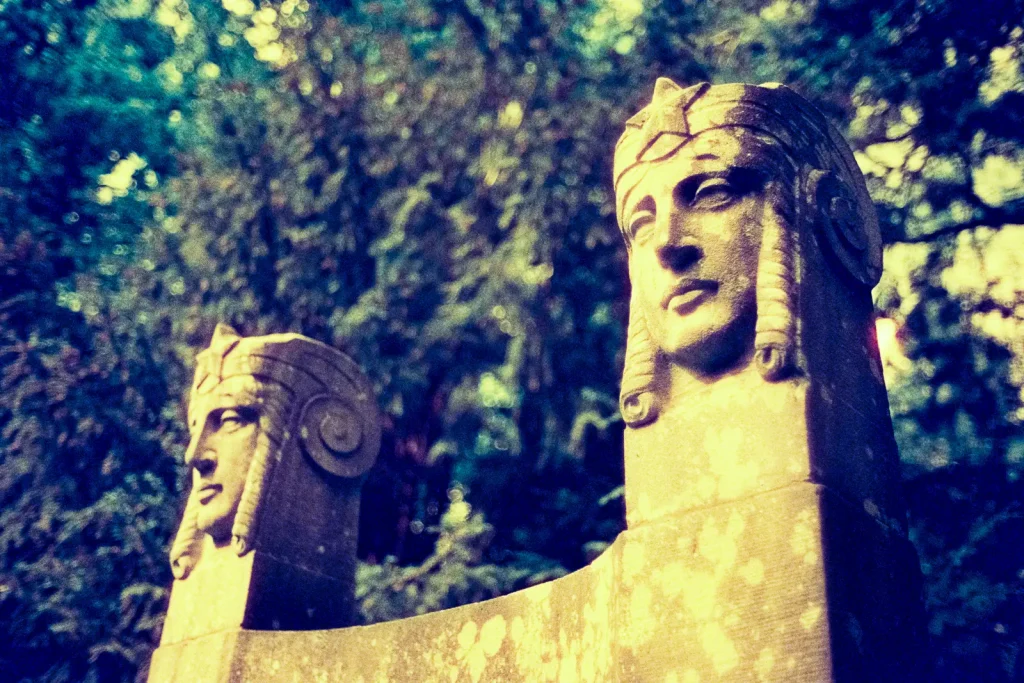
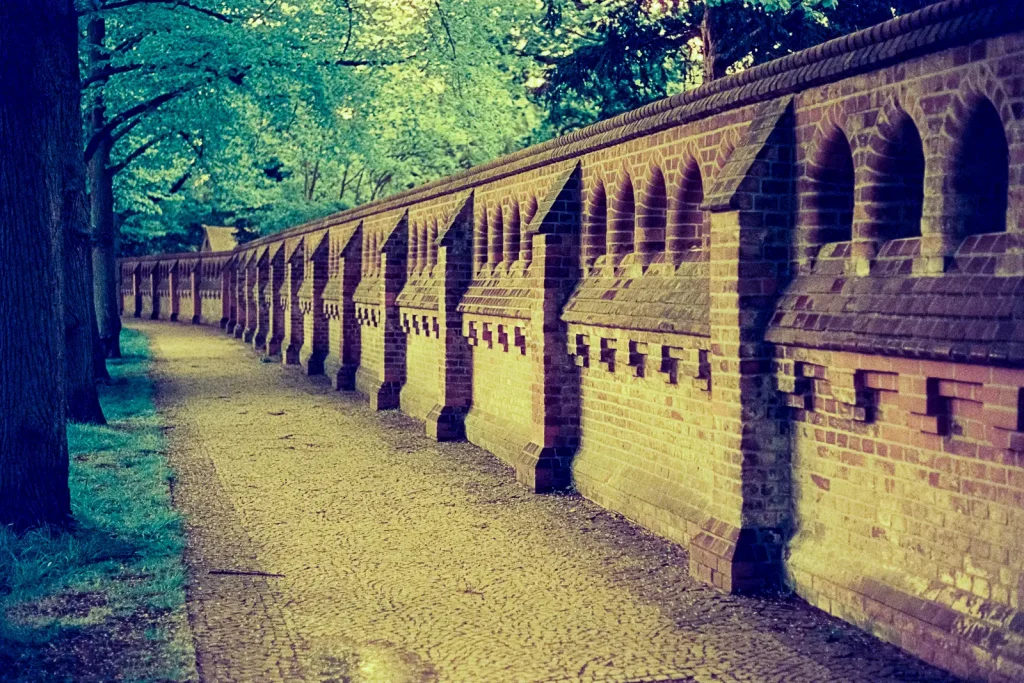
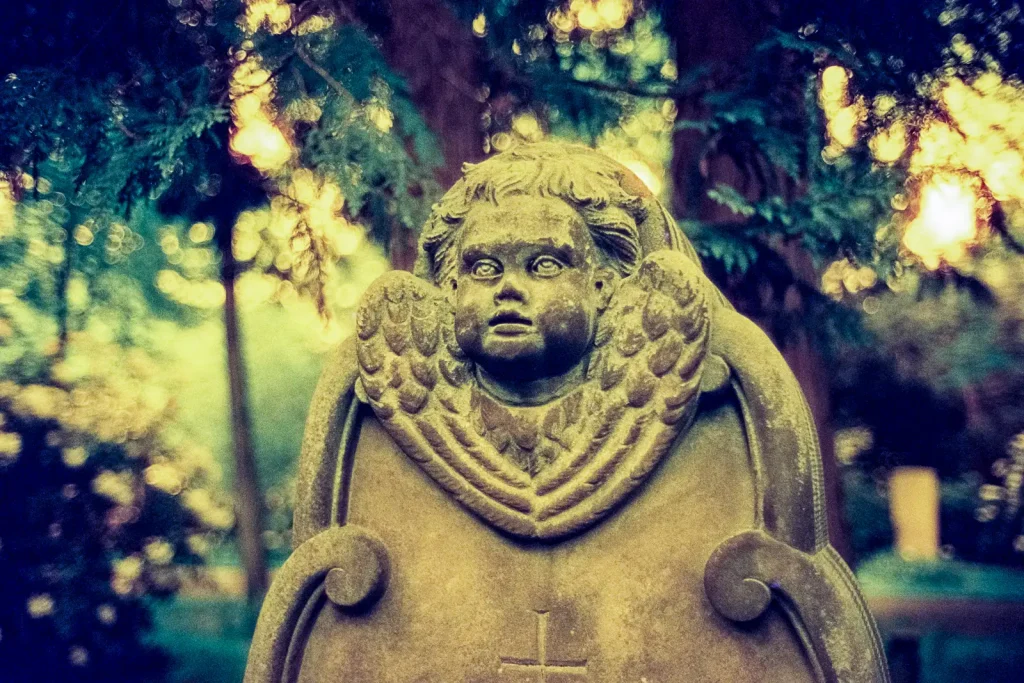
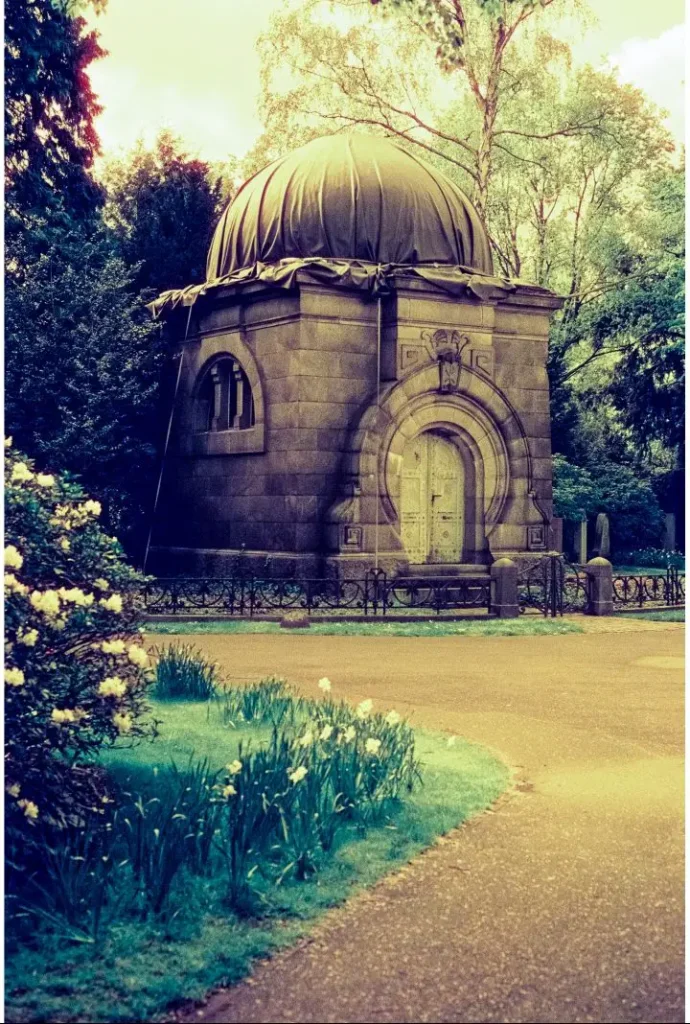
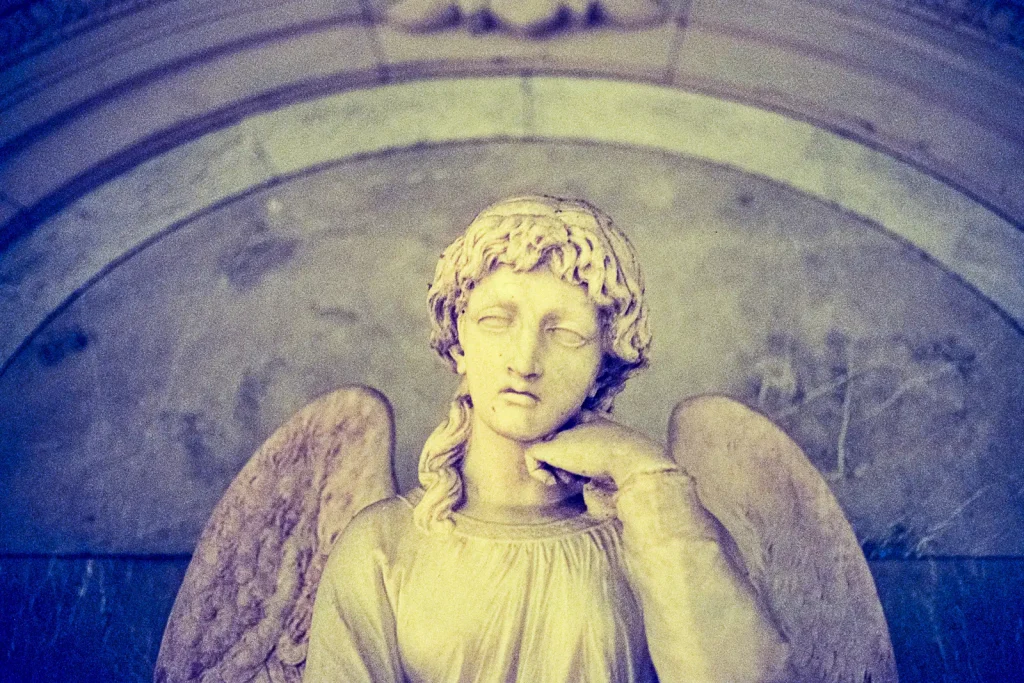
By the way, this is not the first “5 frames with” post that deals with images from Germany shot on CineStill 800t with a Leica M6 – you can find another here.
Thanks for stopping by!
Share this post:

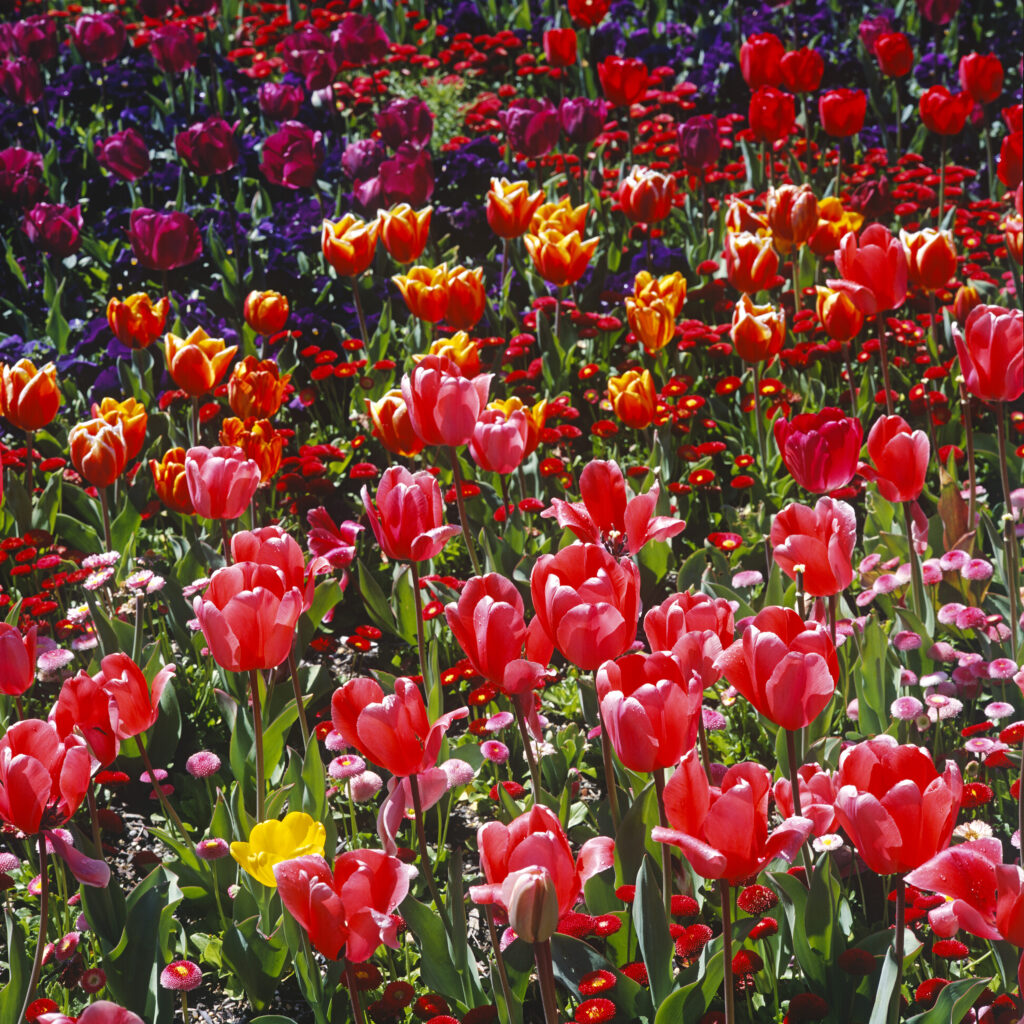
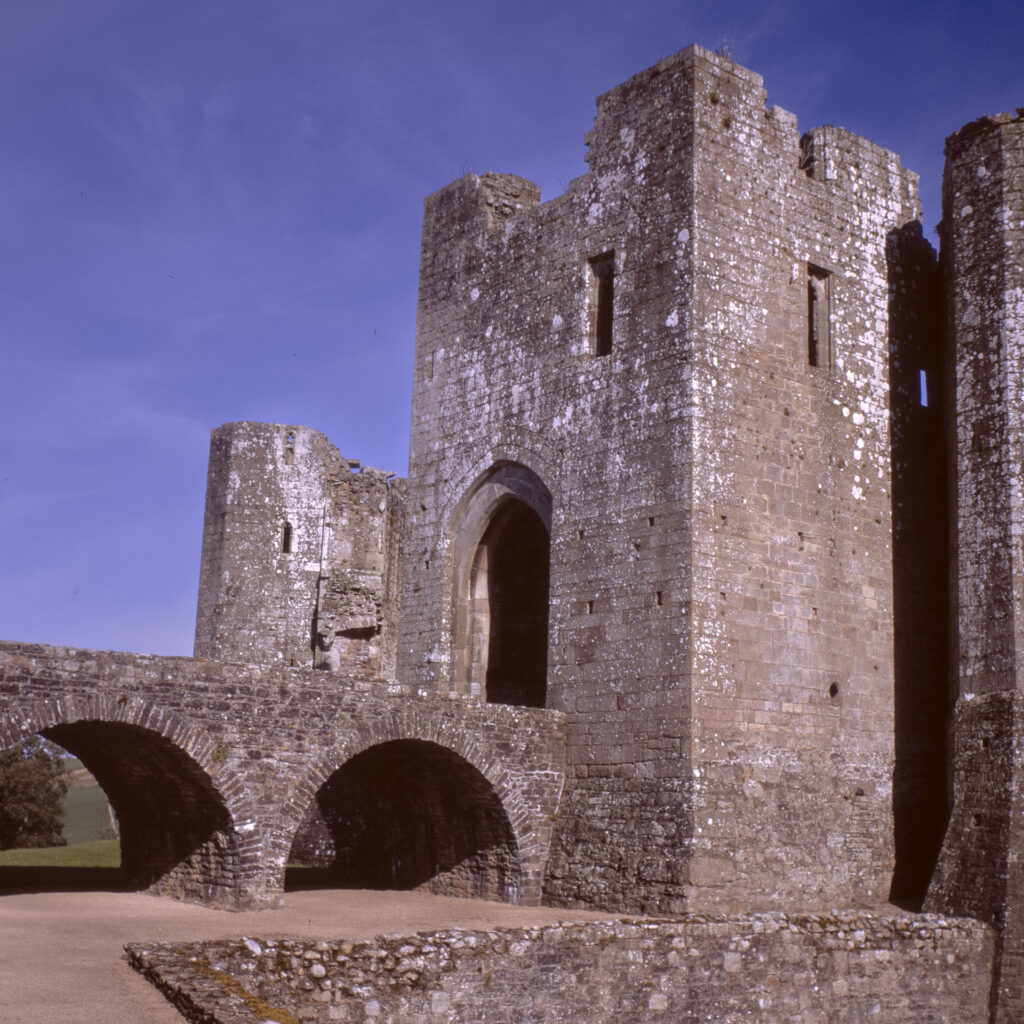
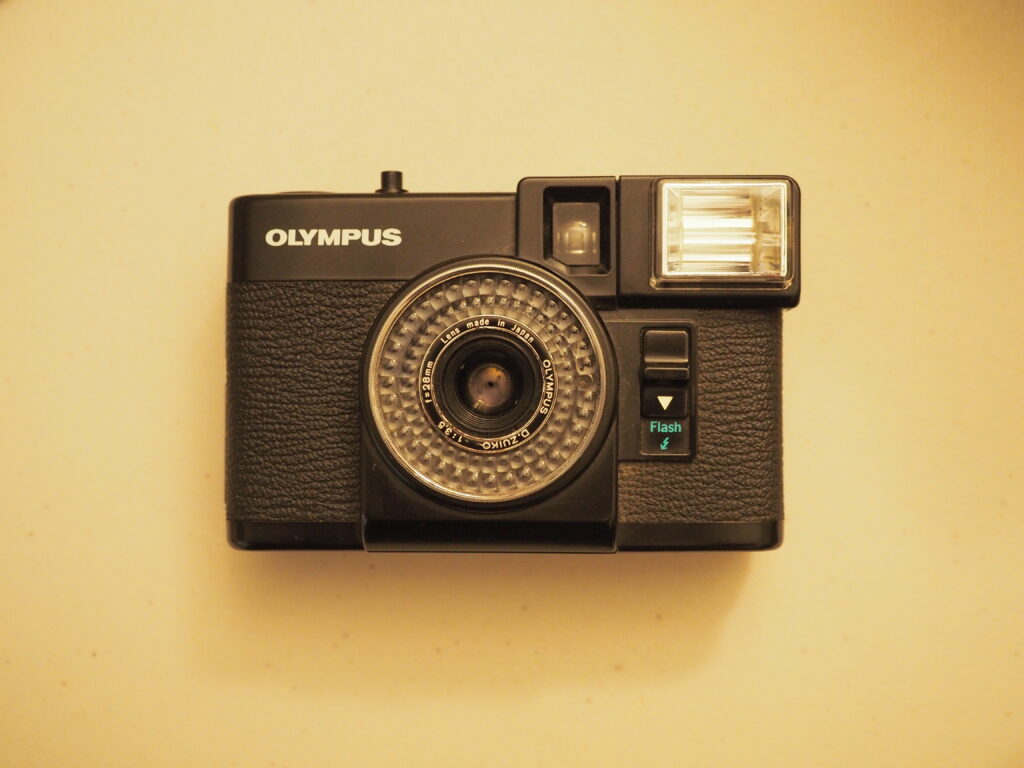
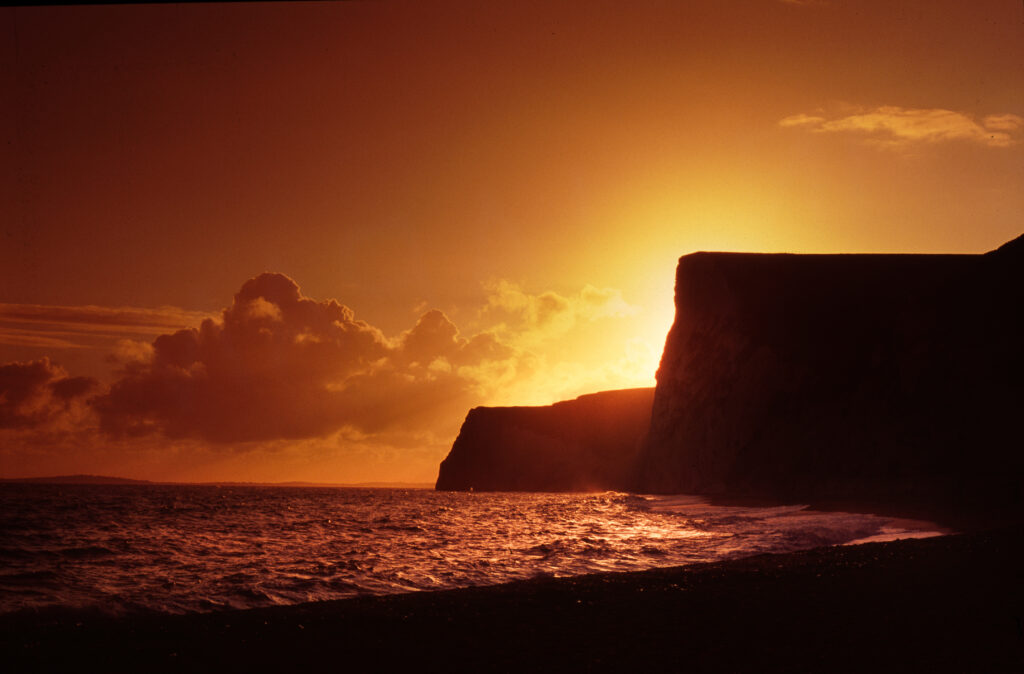




Comments
Roger B. on 5 Frames With CineStill 800T and Orange Filters on a Leica M6 – By Christian Schroeder
Comment posted: 22/06/2019
Comment posted: 22/06/2019
Jens K on 5 Frames With CineStill 800T and Orange Filters on a Leica M6 – By Christian Schroeder
Comment posted: 22/06/2019
You are welcome, of course, to borrow my 85B, which I picked up recently for just what you had in mind ...
Comment posted: 22/06/2019
Graham Orbell on 5 Frames With CineStill 800T and Orange Filters on a Leica M6 – By Christian Schroeder
Comment posted: 22/06/2019
Comment posted: 22/06/2019
Jappa on 5 Frames With CineStill 800T and Orange Filters on a Leica M6 – By Christian Schroeder
Comment posted: 23/06/2019
Another time I thought there was a black and white film in one of my cameras that I hadn't used in a while. I finished the roll with a light green filter. Turns out it was color negative, but from the cheap drugstore scans/prints, it was really hard to tell which frames where shot with and which without the filter. After they had been color corrected automatically, these images simply had some subtle, but vintagey color shift going on.
Similar experience with my few attempts at scanning cross processed reversal film. Contrast, yes! But colors? Totally dependant on what you do during scanning and post processing.
With that kind of analog/digital hybrid workflow, it really makes me wonder if the "pre" processing is all that important. My personal conclusion from all this is that I got to get my own darkroom running, at least for black and white to finally be able to fully appreciate the medium.
Comment posted: 23/06/2019
Comment posted: 23/06/2019
Comment posted: 23/06/2019
Kate Johnson on 5 Frames With CineStill 800T and Orange Filters on a Leica M6 – By Christian Schroeder
Comment posted: 25/06/2019
Huss on 5 Frames With CineStill 800T and Orange Filters on a Leica M6 – By Christian Schroeder
Comment posted: 21/10/2019
recommended by them. and it looks great! Try it out.